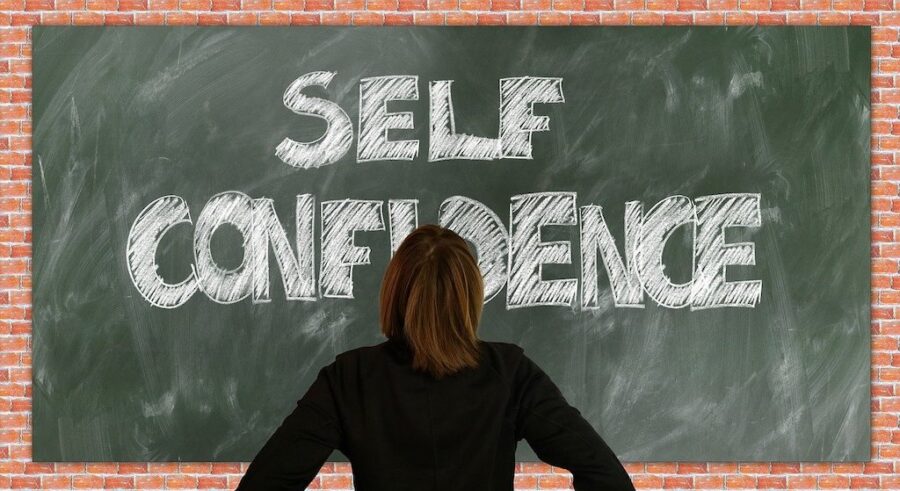At some point in your professional journey, you may have been told to be more confident as a leader. Some of you may have given the same advice to your mentees.
How did that work out, as a mentee or a mentor? Can you think of any tangible growth that resulted from that advice? Neither can I.
People walk away with the full intention of adding confidence to their leadership skills. But they wonder what steps to take next.
That’s because confidence is a feeling and a state of mind. It is not an actionable step that you can add to your leadership development roadmap. And that’s the key to building confidence—realistic and tangible actions.
Similar to athletes training to elevate their performance, there are three elements to increasing confidence as a leader.
Mindset. The key to changing your mindset is preparation and consistent actions. First, identify how you want to feel in certain scenarios. For example, let’s say that you want to be a confident participant in a monthly board meeting. Come up with steps to research, prepare, and practice the way you want to share your thoughts in the meeting. Knowing that you bring knowledge and credibility to the table will strengthen your mindset and, ultimately, give you more confidence.
Skill Set. Your skills helped you to reach your current position, but different skills must be attained for the next level. Ask for mentorship to understand how to lead at the next higher position. Also mentor someone who wants to achieve your position. Mentoring others will build confidence in your own leadership skills as you climb the professional ladder.
Physical. You can exude confidence through your physical presence. But it requires physical and mental conditioning. Add breathing exercises to your daily routine to achieve both. Breathing control enables you to stay poised and level-headed in stressful situations.
Increasing your confidence doesn’t happen overnight. And telling yourself to be more confident is not an effective action. Confidence is developed through consistent actions and behaviors over time.
Work on your mindset, skill set, and physical conditioning in tandem because they serve as a framework from which to build your confidence. Keep the action steps simple and achievable. Most importantly, be consistent and repetitive, like an athlete training for muscle memory. You will achieve tangible results as well as feel more confident as a leader.
